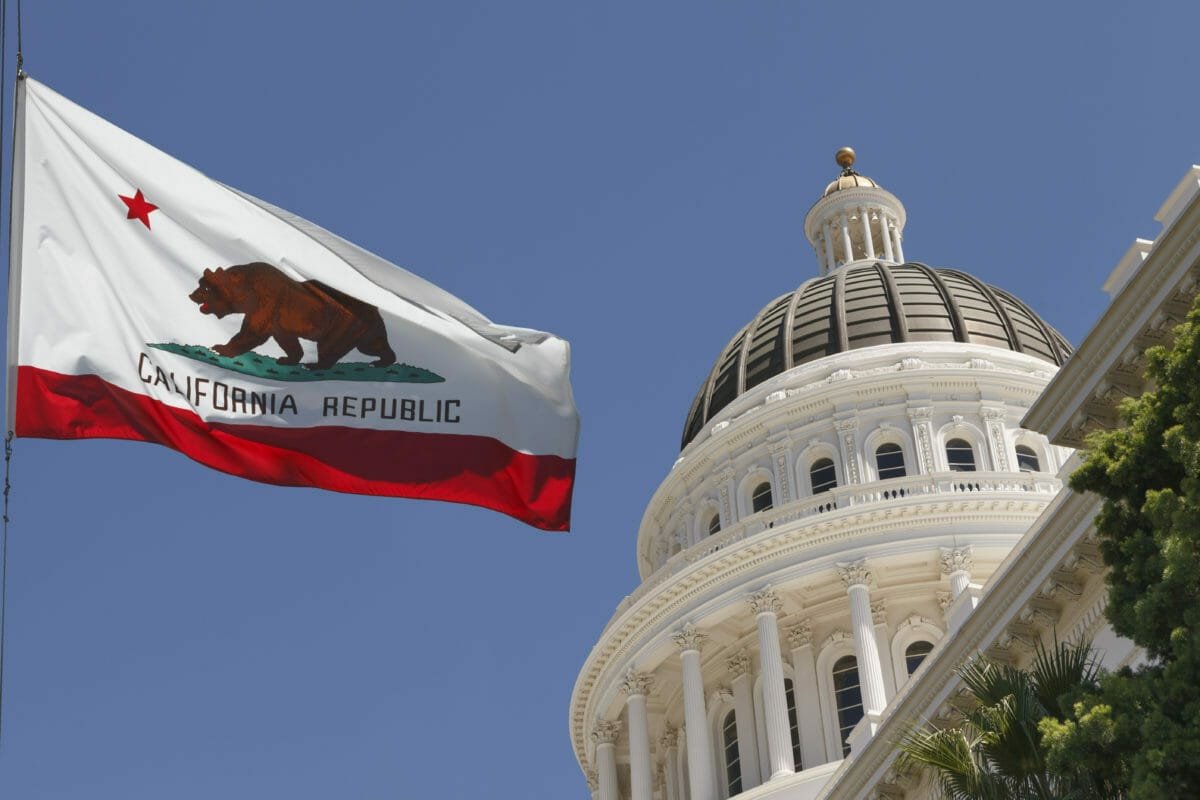The CalPERS board is likely to wrestle back control of setting the pension fund’s discount rate or investment rate of return, a process that had been done automatically since 2015 when it was enshrined in the pension fund’s risk mitigation policy.
Under the current system, when returns at the $485 billion asset owner exceed 2 per cent of the discount rate, the rate of return is automatically lowered. A recent meeting of the finance and administration committee in an “information only” item that will go back to the board in April 2024, found enthusiasm to take back control of setting the discount rate, foreshadowing future debate and deliberation ahead around what the discount rate should be.
“I think the board has the wherewithal to make these decisions without this automatic trigger,” said Theresa Taylor, recently re-elected as board president. She noted how adjustments in the discount rate impact employers and members because it causes their contributions to rise.
“I didn’t realise that anything over 17 points is a 2.5 per cent reduction. That could be pretty hard.”
The trigger policy rests on various conditions. If investment returns outperform the discount rate by 2 per cent, the discount rate is automatically reduced by 0.05 per cent. If returns outperform the discount rate by 7 per cent, the discount rate will automatically reduce by 0.10 per cent. If investment returns outperform the discount rate by 17 per cent, the discount rate will automatically reset 0.25 per cent lower.
“There is a ceiling of 25 basis points when investment returns outperform the discount rate by 17 percentage points,” said Michele Nix, interim chief financial officer.
The trigger has only gone off once. In 2021 when CalPERS returned 21 per cent off the back of record pandemic-fuelled returns in private equity and stocks, the discount rate was lowered from 7 to 6.8 per cent where it currently sits. Prior that that, in 2015 the board lowered the pension fund’s discount rate from 7.5 per cent to 7 per cent, phased in over three years.
Nix explained that the automatic strategy is designed to lock in the benefits of higher returns by lowering volatility over time and providing greater predictability for employers around contribution rates. Exceptional performance of previous years helps to ensure sustainability and reduce risk, she said.
Board member David Miller also voiced his doubt over the automatic trigger. “It is our responsibility to make reasoned judgements on these things. We should have things come back to us for input. It shouldn’t just happen as a matter of course without us stepping up to responsibilities,” he said.
The board heard that many of CalPERS stakeholders are not familiar with the automatic policy which also triggers new strategic asset allocation targets based on the reduction of the discount rate.
Something that typically results in investing in less risky assets. “If you expect to earn less, you can invest in less risky assets,” said Nix. When the discount rate was reduced in 2021 CalPERS had been going through an asset liability study, and the allocation was changed as part of the change in the discount rate, said Nix
CalPERS will conduct another asset liability study in February 2025.
The pension fund is in the process of selecting a new CIO following the resignation of Nicole Musicco last September. Last year the pension fund said it hopes to onboard a new CIO “in early 2024” and has budgeted $300,000 for the hunt, including all search fees.



